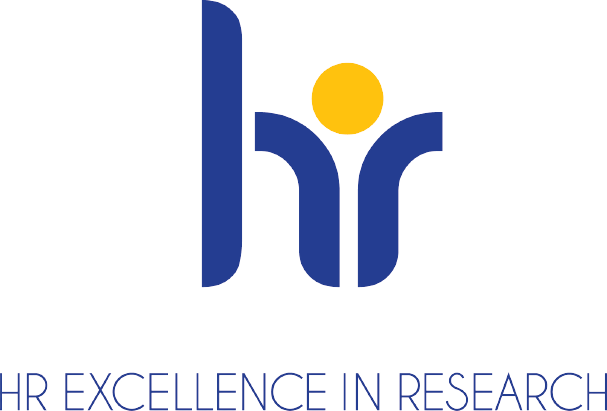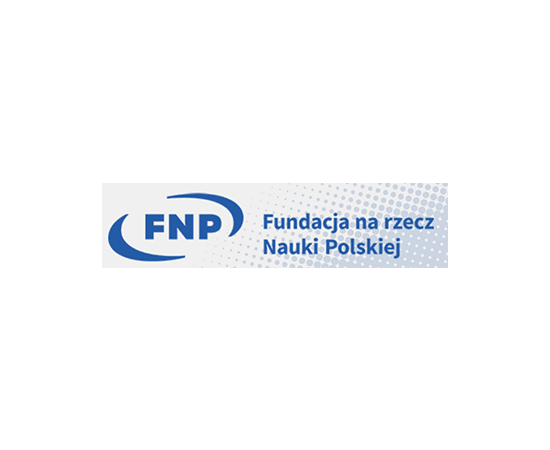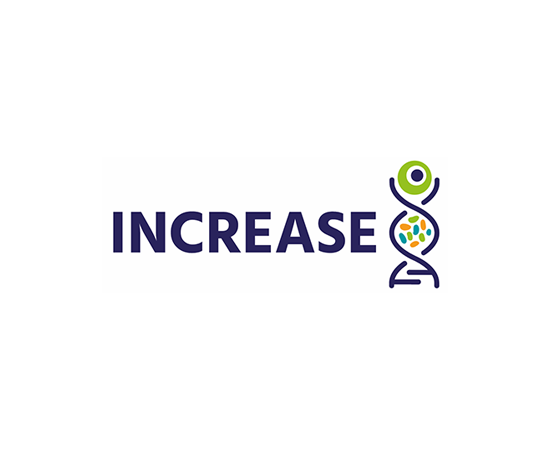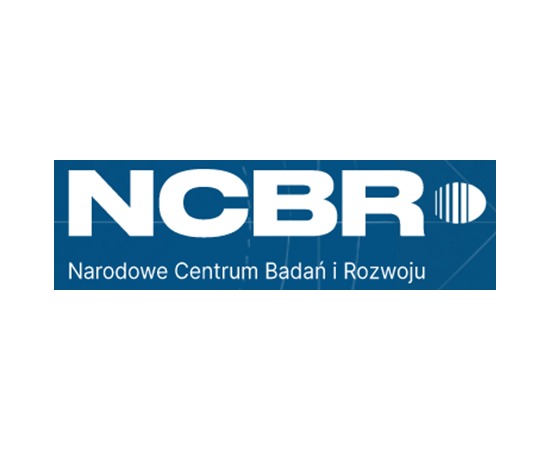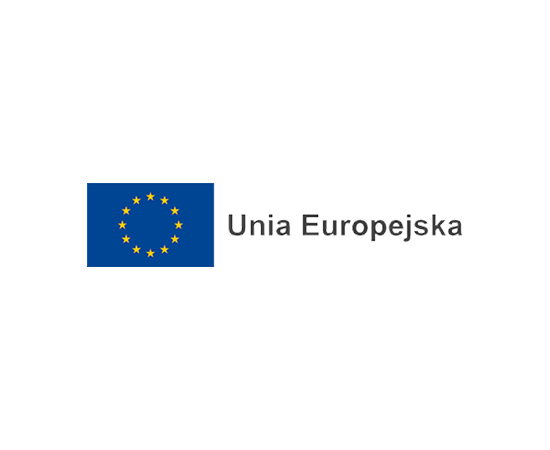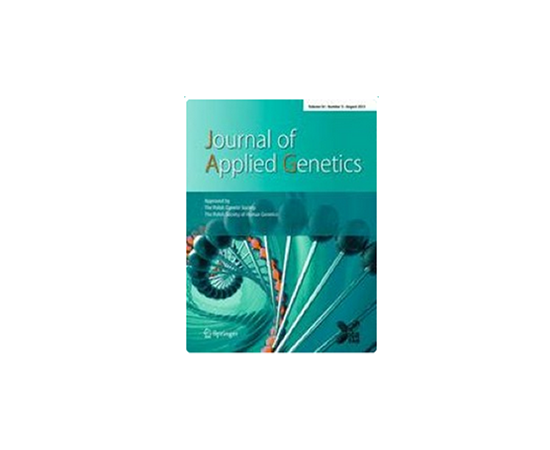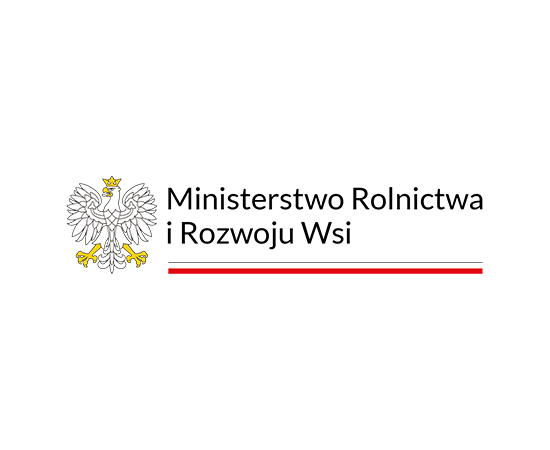- 15:58 04-12-2025
SPEC in the "Book of 21st-Century Implementations"
By decision of the Award Committee of the "Book of 21st-Century Implementations", the System for Forecasing Disease Epidemics (SPEC), developed at the Institute of Plant Genetics PAS, has been selected for publication in the inaugural edition of the Book, as one of seven research applications in Poland. This document is a unique compilation of Polish scientific and engineering achievements that have been successfully implemented into practice. The authors of the implementa...
Read more
